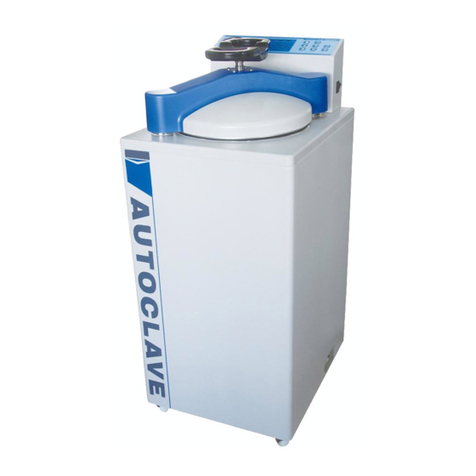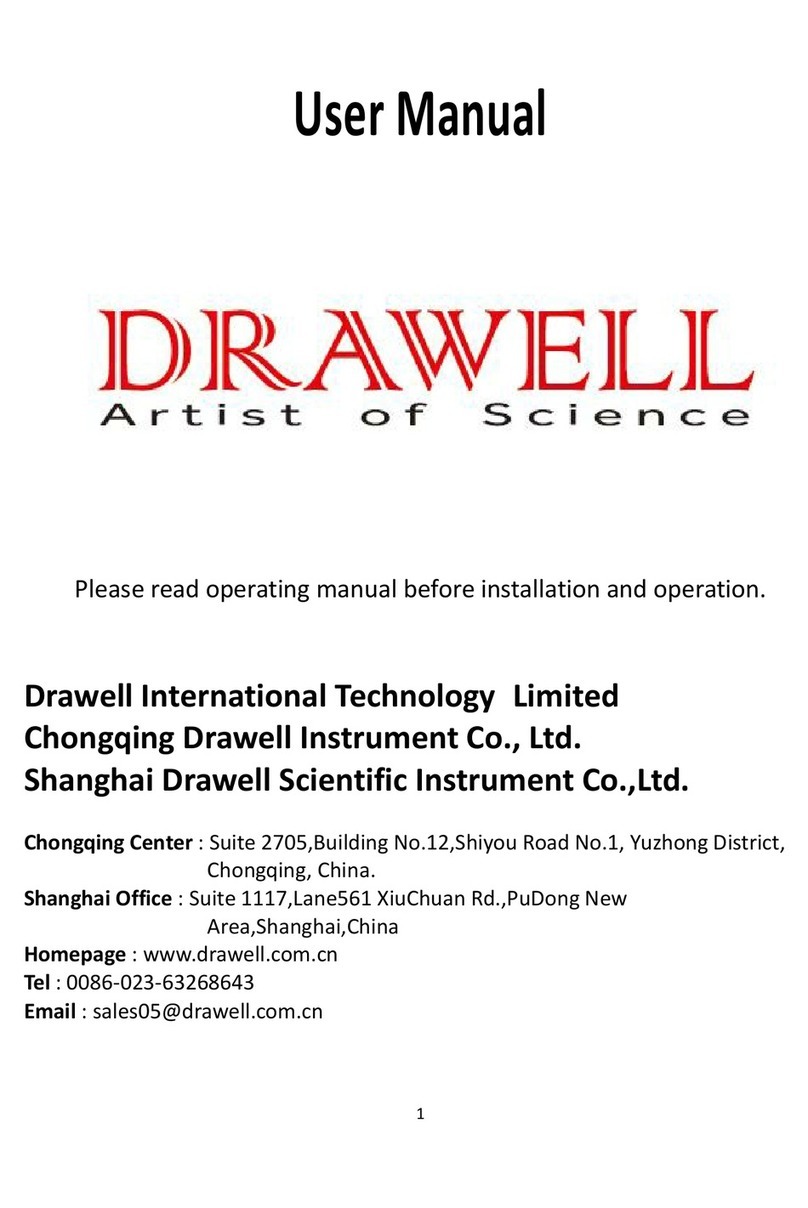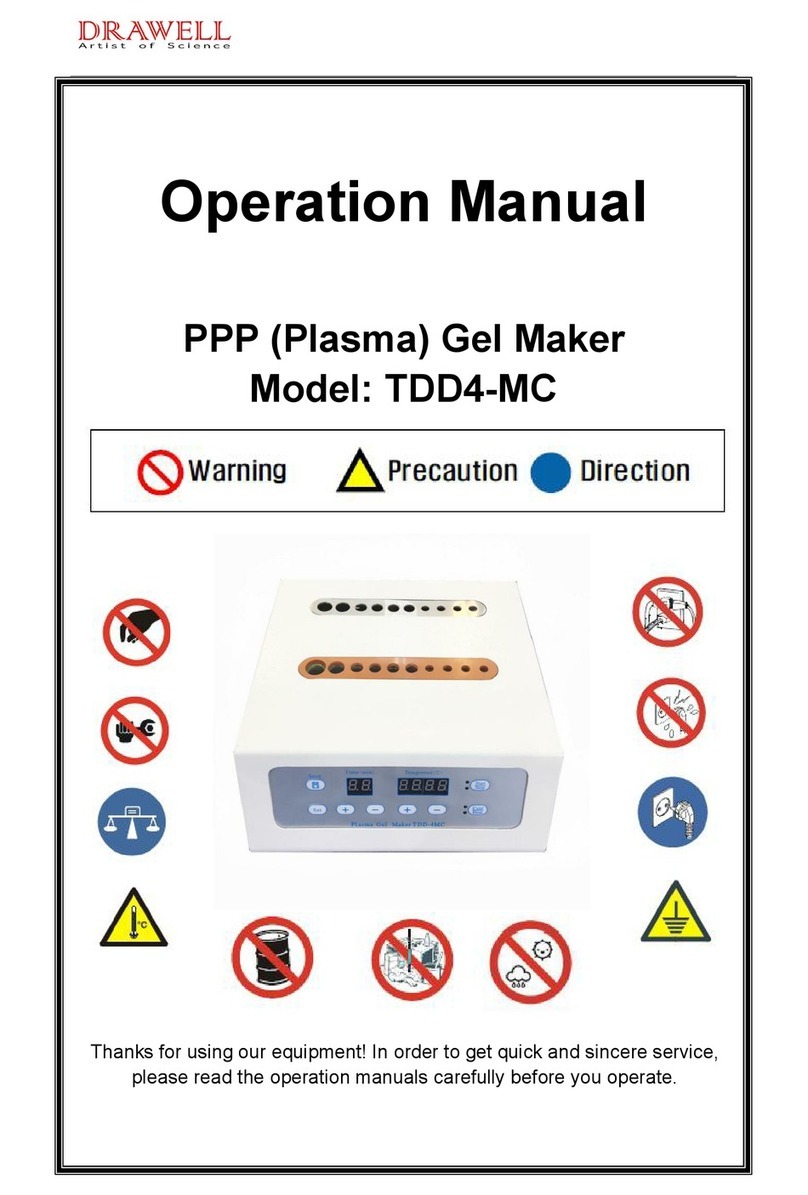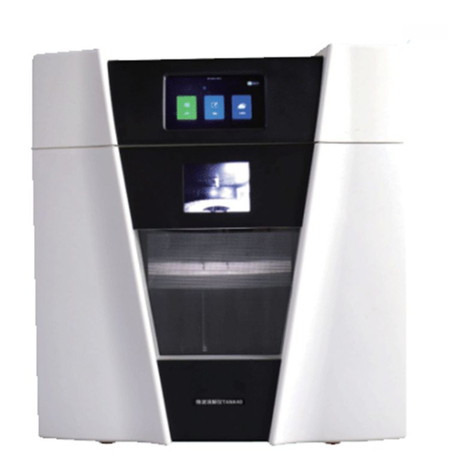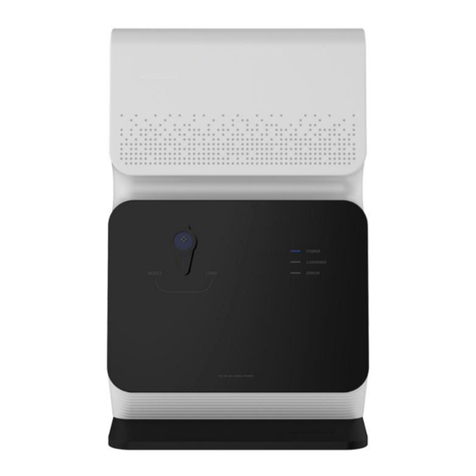Drawell B Series User manual
Other Drawell Laboratory Equipment manuals
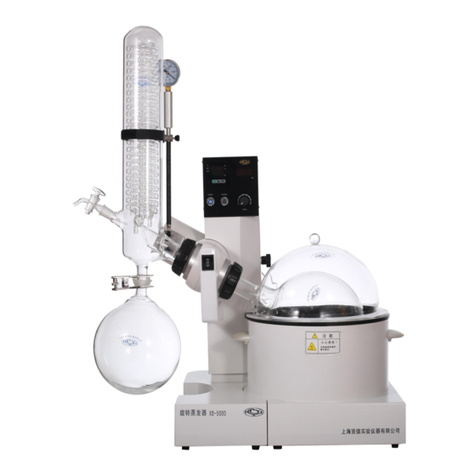
Drawell
Drawell ZNHW-500ML User manual
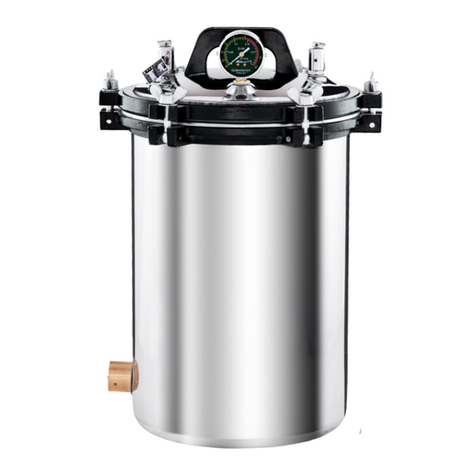
Drawell
Drawell DW-280B 18L User manual
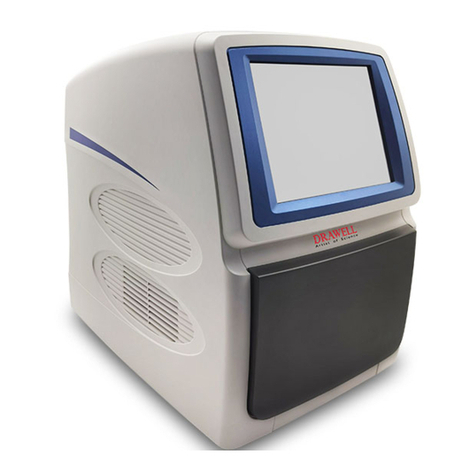
Drawell
Drawell Gentier 96E User manual
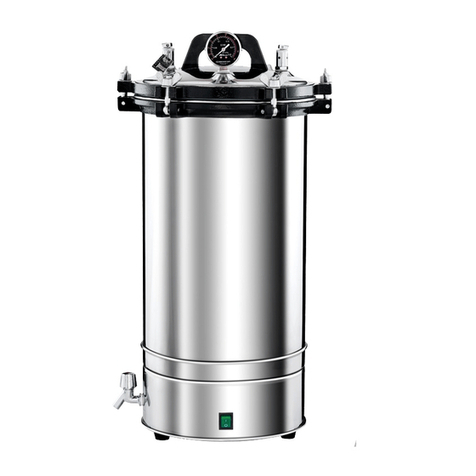
Drawell
Drawell DW-280A User manual

Drawell
Drawell DW-T960 User manual
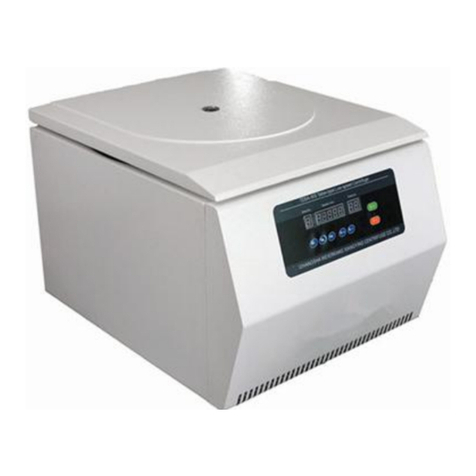
Drawell
Drawell DW-TDZ5-WS Installation manual
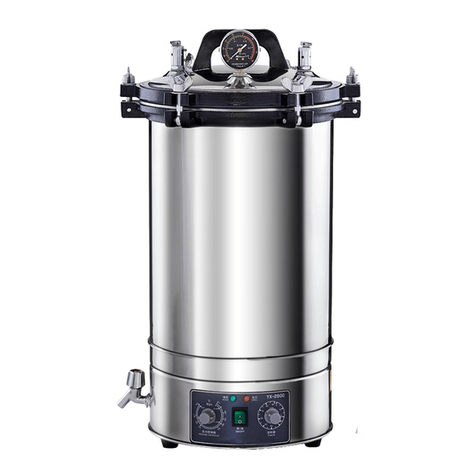
Drawell
Drawell DW-280D User manual

Drawell
Drawell DW-FD Sereries User manual
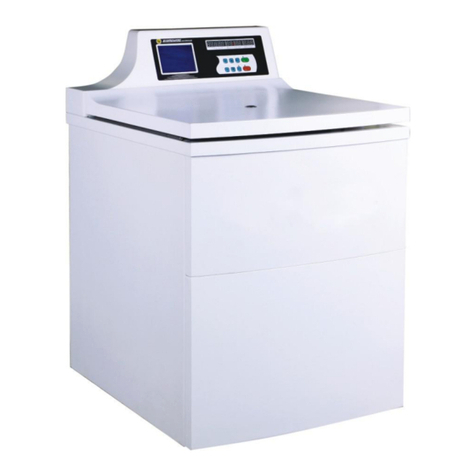
Drawell
Drawell GL10-MC Installation manual

Drawell
Drawell DW-ATN-300 User manual
Popular Laboratory Equipment manuals by other brands

Belden
Belden HIRSCHMANN RPI-P1-4PoE installation manual

Koehler
Koehler K1223 Series Operation and instruction manual

Globe Scientific
Globe Scientific GCM-12 quick start guide

Getinge
Getinge 86 SERIES Technical manual

CORNING
CORNING Everon 6000 user manual

Biocomp
Biocomp GRADIENT MASTER 108 operating manual
